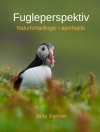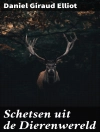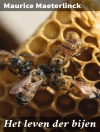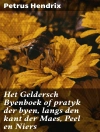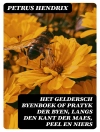Humankind’s fascination with the animal kingdom began as a matter of survival – differentiating the edible from the toxic, the ferocious from the tractable. Since then, our compulsion to catalogue wildlife has played a key role in growing our understanding of the planet and ourselves, inspiring religious beliefs and evolving scientific theories. The book unveils wild truths and even wilder myths about animals, as perpetuated by zoologists – revealing how much more there is to learn, and unlearn.
Long before Darwin, our ancestors were obsessed with the visual similarities and differences between the animals. Early scientists could sense there was an order that unified all life and formulated a variety of schemes to help illustrate this. This human quest to classify living beings has left us with a rich artistic legacy, from the folklore and religiosity of the ancient and Medieval world through the naturalistic cataloging of the Enlightenment to the modern, computer-generated classificatory labyrinth.
This book tells the fascinating, visual story of this process. The wonderful zoological charts reflect prevailing artistic trends and scientific discoveries, as well as telling us as much about ourselves as they do about the creatures depicted.
Sobre o autor
David Bainbridge is a reproductive biologist, popular science writer, and the Clinical Veterinary Anatomist, the world-top-ranked Department of Physiology, Development and Neuroscience at the University of Cambridge. As well as many academic and clinical publications, he has written seven popular science books, widely reviewed, discussed and translated. He is a fellow of St Catharine’s College, Cambridge, whose alumni include John Ray, the originator of the biological term “species.” David Bainbridge is the definitive voice on zoology classification.


